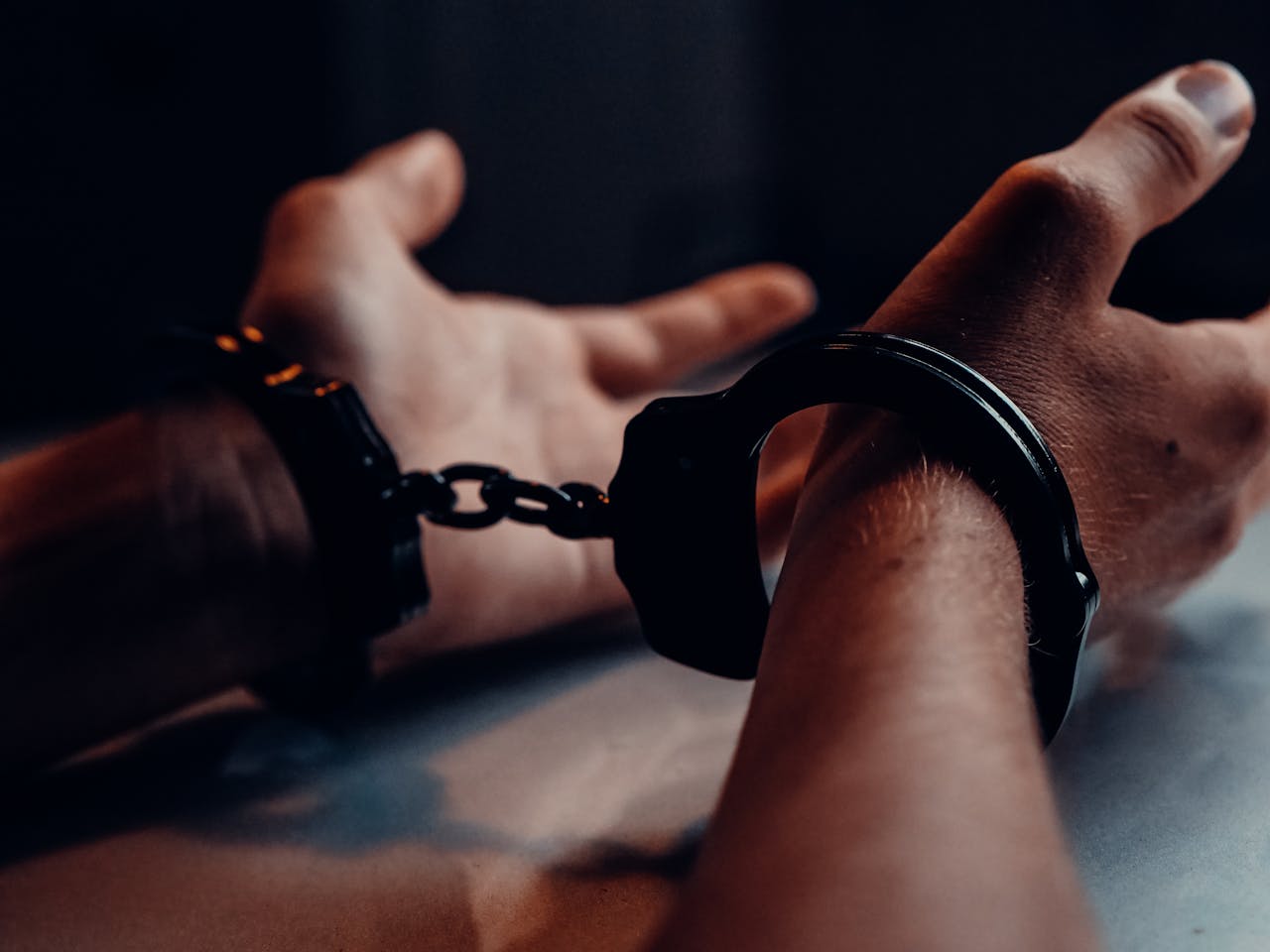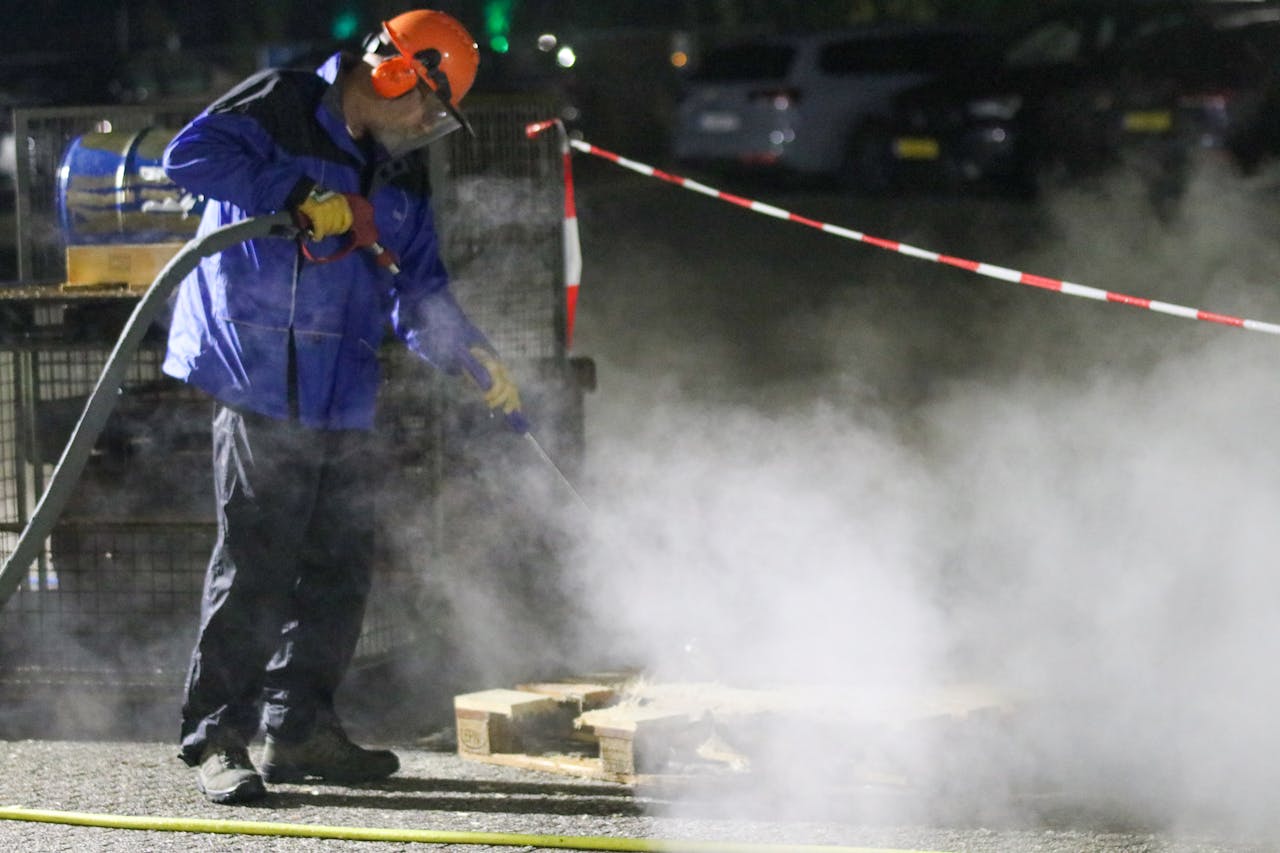Praents rights
When the child welfare authorities become involved in a family situation, it can feel frightening, confusing, and overwhelming. Many parents are unsure of their rights or how to respond. This article explains, in plain language, what legal rights parents have in a child protection case in Norway. It aims to give you clarity and confidence—even if you have no legal background—while also using relevant legal terms and concepts. If you want legal help, read to the end for a call to action.
What Is a Child Protection Case?
The Role of Barnevernet
Barnevernet is the public agency at municipal (or intercommunal) level that monitors and intervenes when there are concerns about a child’s safety, welfare, or care. The legal framework is primarily found in the Child Welfare Act. The goal is to secure the child’s best interests, and to intervene at the least intrusive level possible.
When does a parents rights case arise?
A child protection case typically begins with a bekymringsmelding (concern report) from someone (such as teachers, health personnel or neighbors). The municipality then decides whether to open an undersøkelsessak (investigation). If during or after investigation, barnevernet believes that the child cannot safely stay in the home under voluntary measures, they may propose or enact more serious interventions—up to omsorgsovertakelse (custody takeover).
Fundamental Legal Principles and Guarantees
Child’s Best Interest
In all decisions, the court, barnevernet, and the decision-makers must prioritize barnets beste — the best interests of the child. This is a guiding principle in Norwegian family and child protection law.
Proportionality and the Mildest Means Principle
Any intervention must be proportionate: only the least restrictive measure that can achieve protection should be used. Before removing a child from the home, authorities must explore all possible hjelpetiltak (supportive measures) and voluntary agreements.
Due Process, Legal Safeguards, and E‑E‑A‑T
From a legal and SEO perspective, parents must have access to due process. In Norway, decisions can be appealed, and each parent is entitled to free legal representation in forced (tvangs) cases. This aligns with the principles of E‑E‑A‑T (experience, expertise, authority, trustworthiness): a quality legal site should demonstrate your firm’s real expertise in child protection law and your trustworthiness in defending those rights.
Key Rights for Parents in a Barnevern Case
Below are some of the most important rights you (as a parent) have in a child protection context:
Right to Be Heard and Involved (Partsinnsyn / Medvirkning)
As a parent, you are a part (party) in the case. You have the right to:
- Receive notice of the investigation and proposed actions
- Be heard before decisions are made
- Participate in meetings and decision processes
- Submit your own evidence, witnesses or statements
In the investigation (undersøkelsesfase), you also generally have the right to dokumentinnsyn (access to documents in the case). However, some sensitive information may be withheld if disclosure would obstruct the investigation.
Right to Legal Representation
In cases involving involuntary measures (tvang), you have a right to free legal aid / publicly funded attorney regardless of your income. The law ensures you can be represented by a lawyer who specializes in barnevern matters.
Even in earlier phases (investigation, voluntary measures) it is often wise to have a lawyer to guide you, safeguard your rights, and challenge incorrect assumptions or evidence.
Right to Appeal / Complaint
If you disagree with a decision (for instance, that your child should be removed or certain conditions imposed), you can file a klage (complaint) or appeal to Fylkesnemnda (Child Welfare & Health Board). In many cases, the nemnda’s decision can further be reviewed by the courts (tingrett), and even to higher levels (lagmannsrett) under certain conditions.
Right to Reunification / Return (Tilbakeføring)
If a child has been removed, you have the right to work toward gjenforening (reunification). The authorities must regularly assess whether the conditions for safe return are fulfilled. A parent can initiate or push for return if the conditions are met.
Right to Child Participation / Voice
While this is a right more belonging to the child, it strongly affects the parent’s interests. The child (depending on age and maturity) has a right to express opinions, be heard, and have a say in the process. If the child is 12 years or older, their voice may be given significant weight.
Phases of a Barnevern Case
Below is a rough roadmap of how such a case typically proceeds—and how your rights come into play:
| Phase | What Happens | Your Key Rights / Actions |
|---|---|---|
| Bekymringsmelding & decision to investigate | Report received, decision whether to open investigation | Ask for notification, request to see the report, prepare your responses |
| Investigation (undersøkelsesfase) | Barnevernet collects information, interviews, home visits | Document access, right to be heard, present your side, get legal advice |
| Proposal / decision on measures | The authority may propose hjelpetiltak or more intrusive measures | Review the proposal, negotiate, object, file complaint |
| Fylkesnemnda / hearing | Formal hearing before the Child Welfare & Health Board / tribunal | Full procedural rights: hearings, evidence, cross‑examination, legal representation |
| Court Review / Appeal | Judicial review in district court, possibly further | Appeal rights, judicial oversight, challenge decisions based on law and facts |
| Return / Reunification | If conditions improve, child may return home | Push for reassessment, negotiate safe return conditions, legal follow-up |
In emergency (akutt) situations, barnevernet may issue a midlertidig vedtak or immediate removal. But even these decisions can be challenged and must be legally justified.
Challenges & Common Misconceptions
“If They Remove My Child, It’s Over”
This is not true. Removal is not always permanent. The law expects ongoing assessment, change of circumstances, and return if safe. You have legal recourse and rights to challenge the decision.
“I Won’t Be Listed as a Part Because the Child Doesn’t Live With Me”
Even if the child lives with the other parent, as long as you are a legal parent with parental responsibility, you are still a party in the case and have rights.
“Access to Documents Is Blocked”
While there may be restrictions, the general rule is you have a right to document access. If some parts are withheld, the authority must explain the legal basis.
“Having a Lawyer Doesn’t Help Much”
On the contrary, a specialized child welfare lawyer improves your chances of being heard, challenging weak evidence, ensuring procedure is followed, and preventing unfair decisions. Expertise and authority (E‑E‑A‑T) matter a lot in complex barnevern cases.


